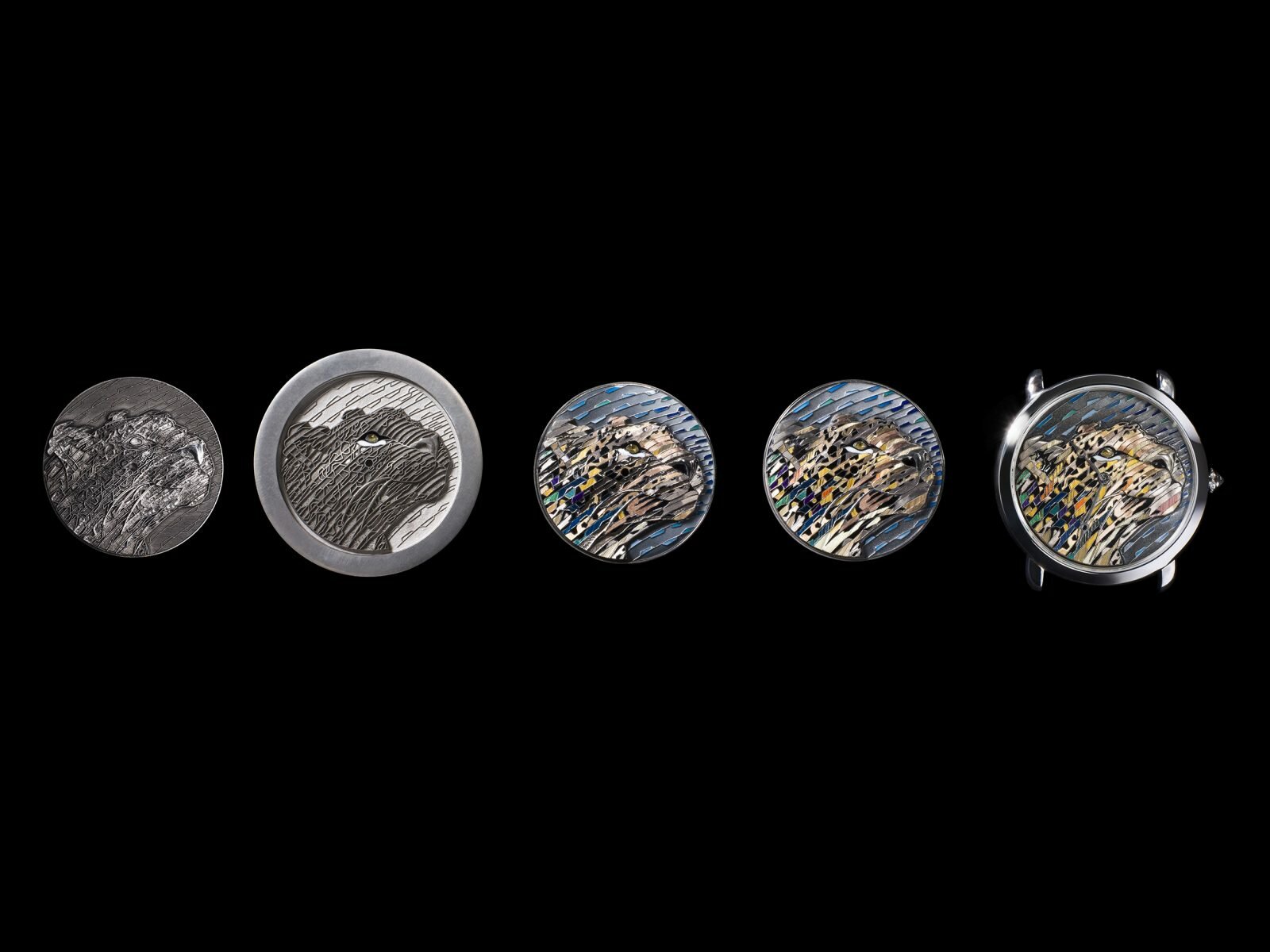Anchor Image: Cartier
While looks are subjective, there’s no denying the magnetic pull of a dial decorated by traditional metiers d’art. The culmination of centuries of expertise, safeguarded and passed down from one generation of craftsmen to the next, these artistic techniques are not only beautiful and expressive, they are also challenging to produce and time-consuming. Given how metiers d’art watches are limited in production — and in some cases, exceedingly rare — they also often fetch eye-watering sums.
Among the numerous decorative techniques used by watchmakers today, the most popular are enamel (of which exists different subcategories), marquetry (again, comprising different mediums), engraving and gem-setting. Although each artistic form is vastly different from the other, there are some requirements that all artisans must possess: innate artistic intuition for starters, unwavering patience and an aptitude for failure. Just take the example of enamelled dials: for every successfully fired dial, there are about three that end up in the trash. From dust particles to bubbles or tiny cracks formed due to the high temperatures, these irreversible setbacks are just some examples that contribute to the high failure rate.
Much of the dynamics of innovation in the watch industry is centred on movement development but not enough attention is spent on explaining the intricacies behind these time-honoured traditional crafts. Here we cast the spotlight on three of the latest metiers d’art novelties to emerge from the digital edition of Watches & Wonders 2020.
-
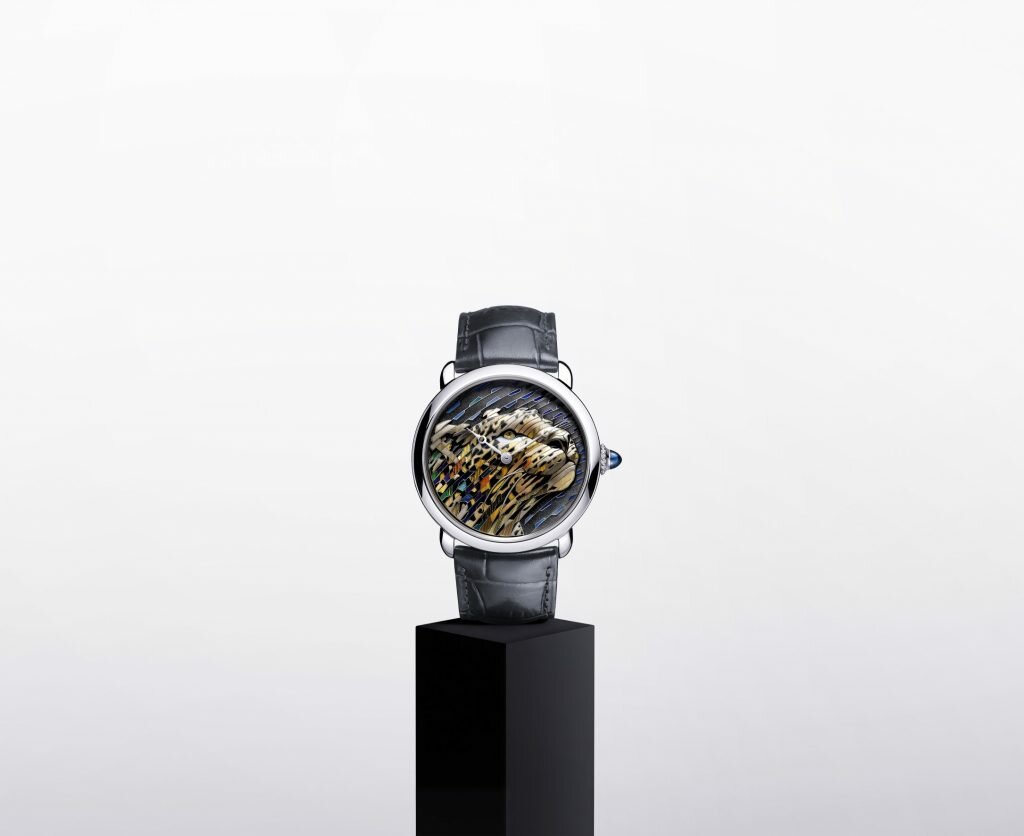
(Image: Cartier) -
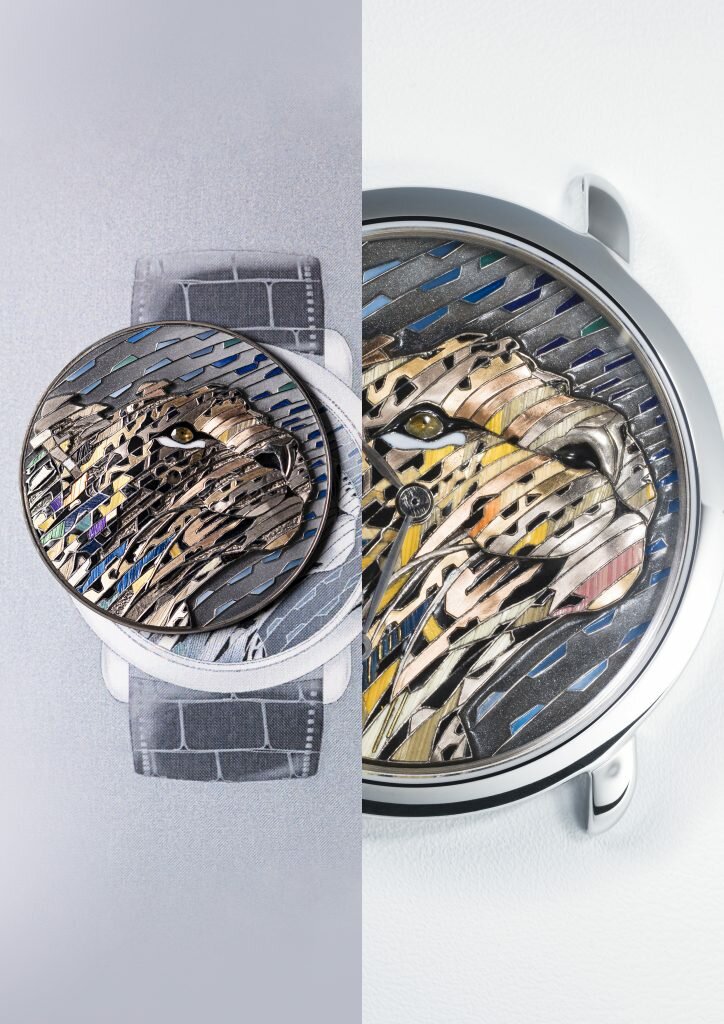
(Image: Cartier)
Cartier | Ronde Louis Cartier Straw and Gold Marquetry
Cartier’s latest expression of its emblematic panther comes in the form of a three-dimensional mien crafted from straw and gold marquetry. The outcome is strikingly similar to bas relief; except that instead of using stone as the base material, gold is used to create volume. A total of 75 variedly shaped blades of straw in 11 colours and more than 65 hand-shaped and satin-finished gold components were used on a single dial. The combination of gold wires, the natural textures from the straw elements, and the glossy enamelled spots on the panther’s coat and eyes come together as a wonderfully textured portrait that is both realistic and intriguing at the same time. Some 100 hours were spent on producing just one watch alone and only 30 individually numbered timepieces are available for sale.
-
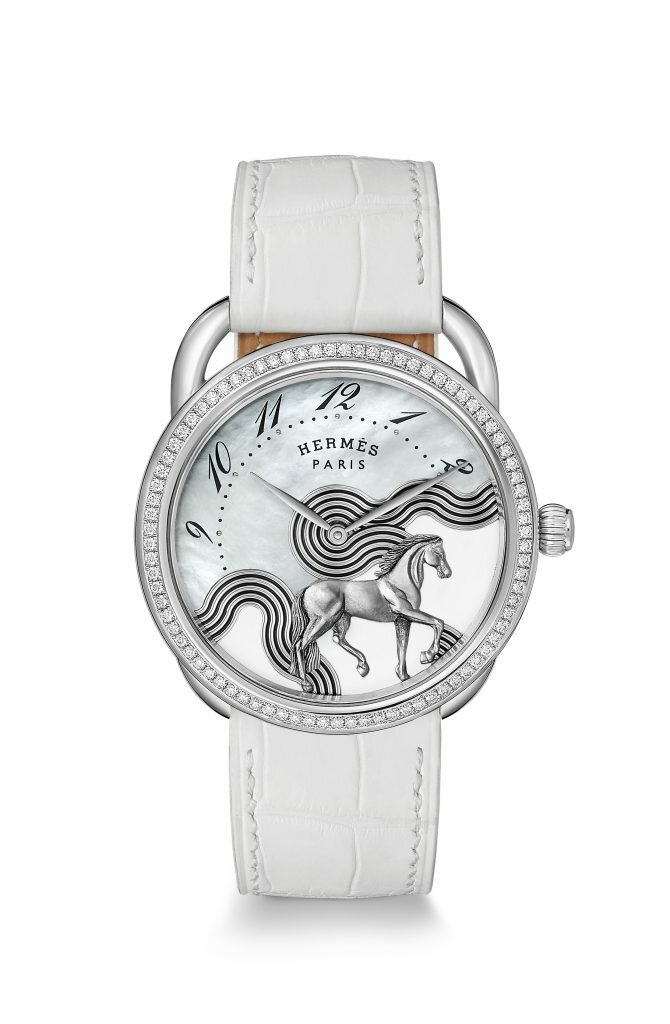
(Image: Hermès) -
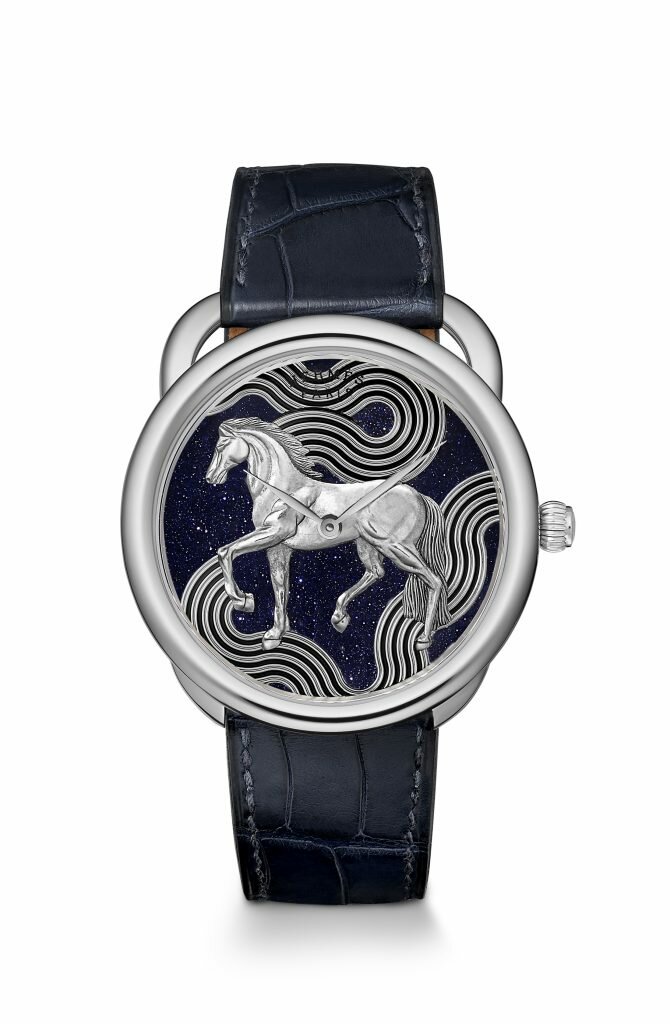
(Image: Hermès)
Hermes | Arceau Cheval Cosmique
Based on a design from designer Gianpaolo Pagni, Arceau Cheval Cosmique features a dial composed of a graphic silhouette of a galloping horse against a background of aventurine or mother-of-pearl and enamel. It takes the craftsman almost a week to decorate the dial, with everything — from the engraved horse on relief to the wave motif — painstakingly executed by hand. Presented in a white gold Arceau case and powered by a manufacture self-winding movement, each variant is offered in a numbered series of 24 pieces only.
-
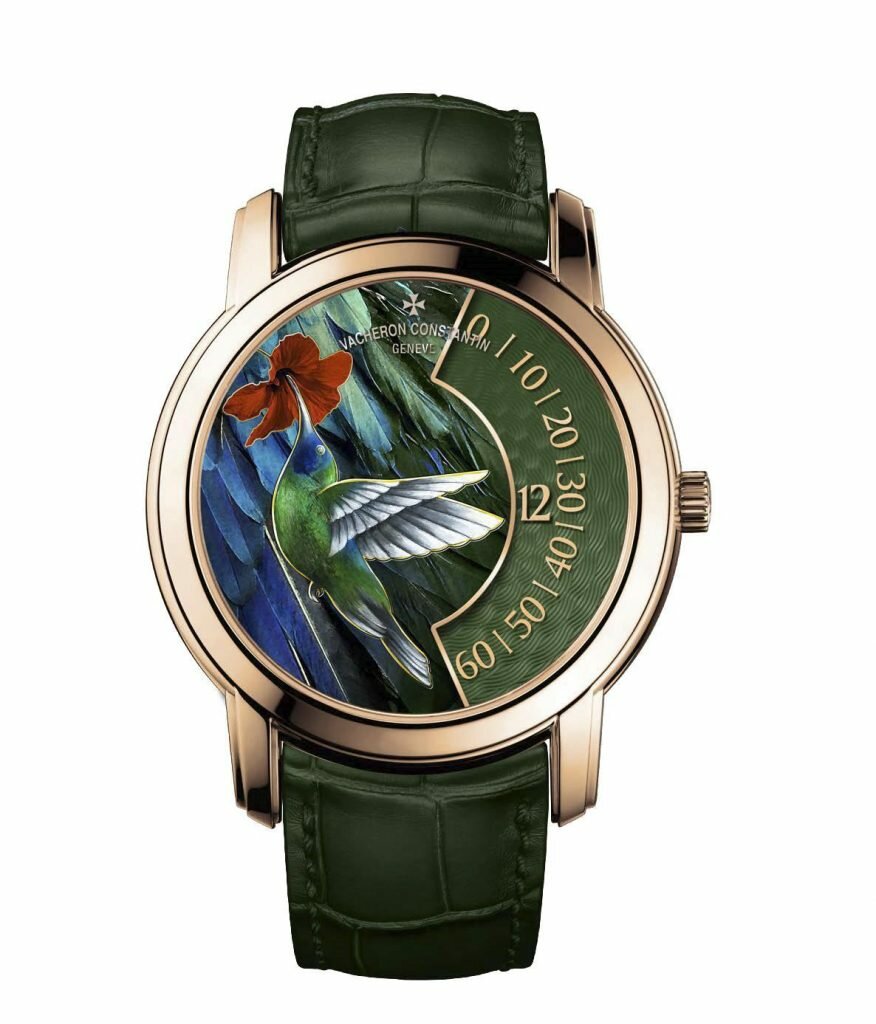
The singing birds – Hummingbird (EN)Les oiseaux chantant – Colibri (FR) -
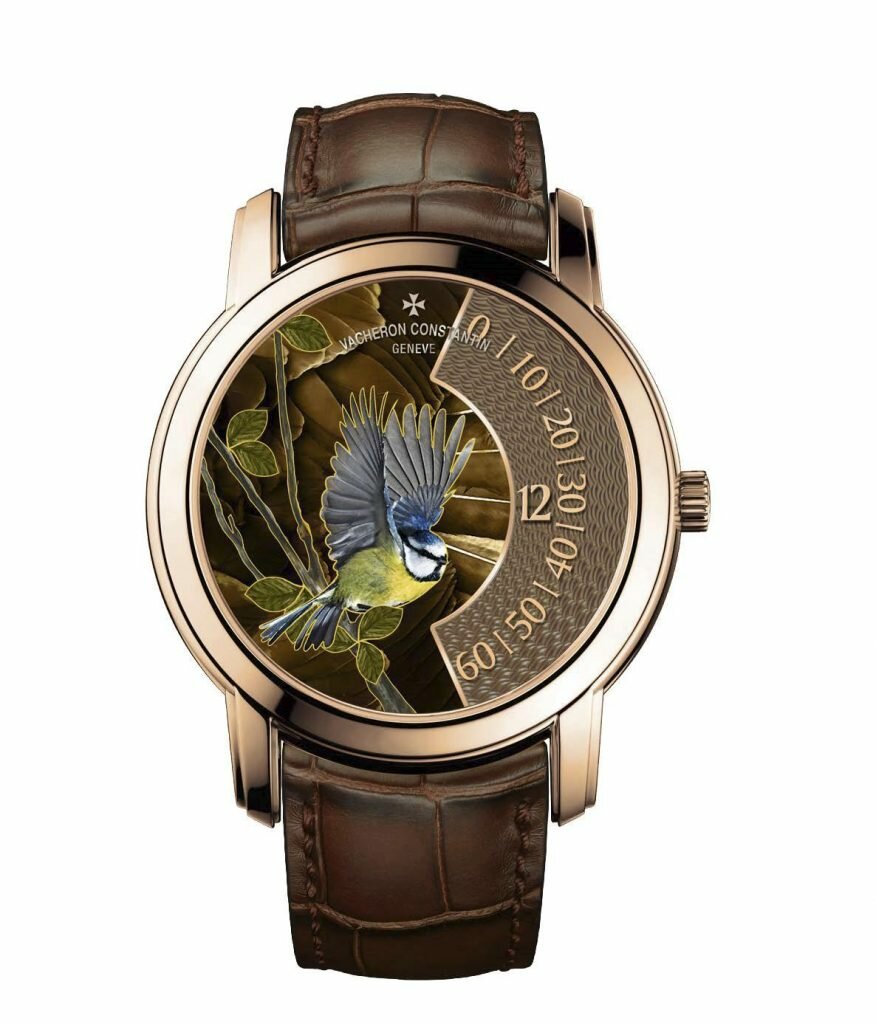
The singing birds – Blue tit (EN)Les oiseaux chantant – Mésange bleue (FR) -
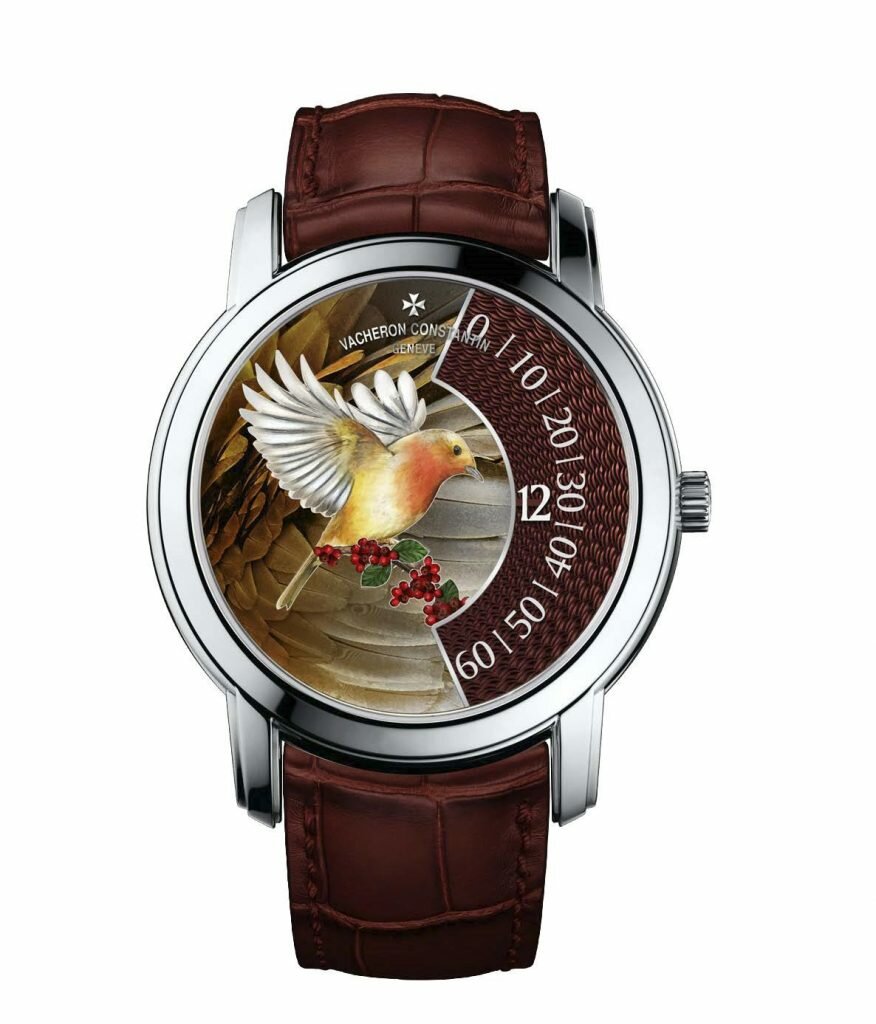
The singing birds – Robin (EN)Les oiseaux chantant – Rouge gorge (FR) -

The singing birds – Blue jay (EN)Les oiseaux chantant – Geai bleu (FR)
Vacheron Constantin | La Musique du Temps — Les Cabinotiers “The singing birds”
A quartet of songbirds continues the La Musique du Temps theme that began last year with Vacheron Constantin’s Les Cabinotiers department. Despite the collection’s name and inspiration, these watches don’t chime the time. Instead, the hours are represented via a patented trailing hour mechanism composed of mobile hour figures that travel over a 120° guilloche-decorated arc bearing the applied minutes.
Stealing the spotlight with much aplomb are the four exquisitely decorated enamelled birds caught in mid-flight. To create strikingly realistic portrayals of the hummingbird, blue jay, blue tit and robin, the champlevé enamel technique was used, an excruciatingly time-consuming process requiring the master enameller to first carve out cavities from the dial before applying moist powdered enamel into the troughs — one colour at a time. About 10 colours (and their subtle graded shades) were used to enliven the dials, resulting in numerous successive firings in the kiln. There is only one unique piece of each design.
